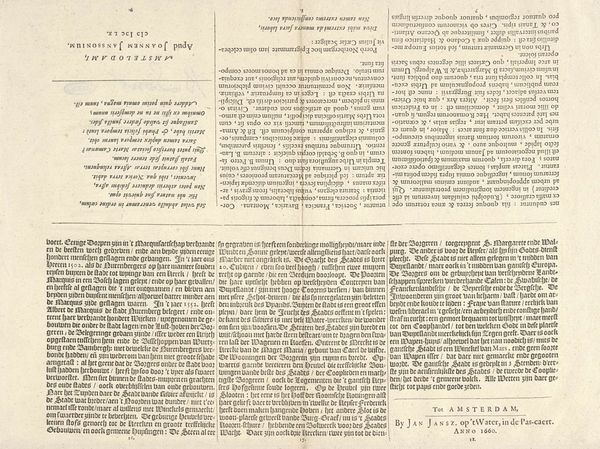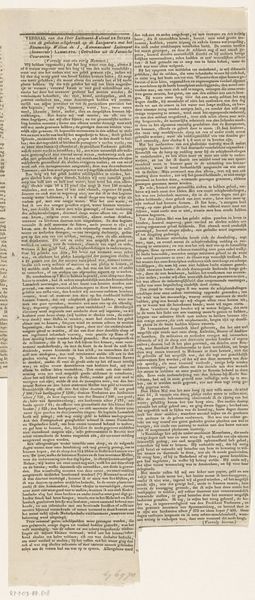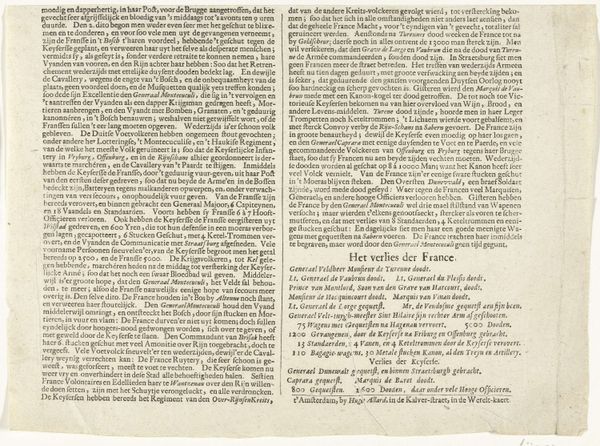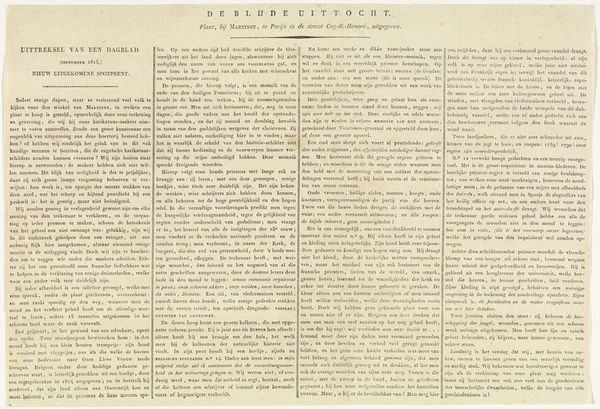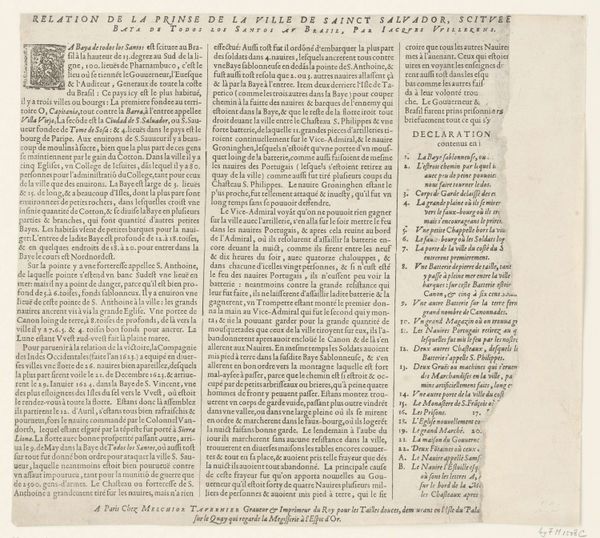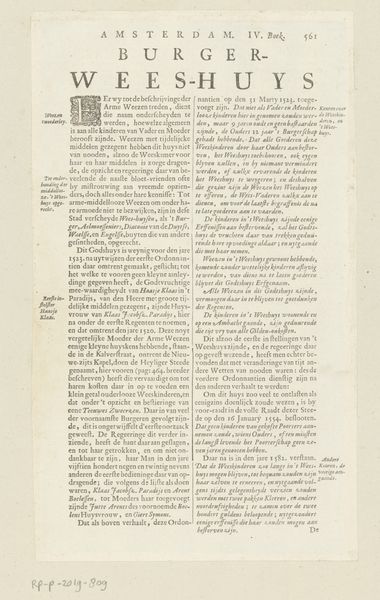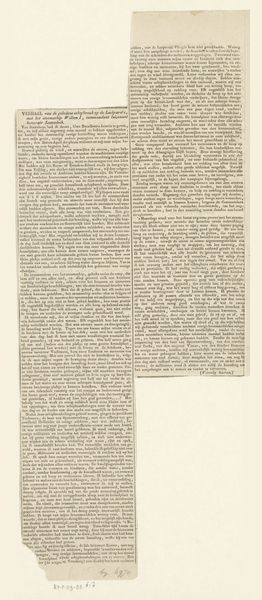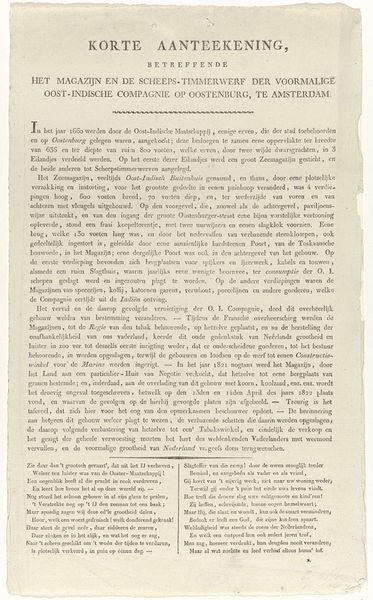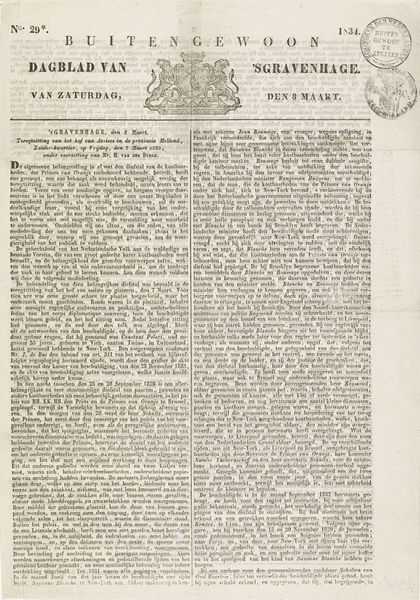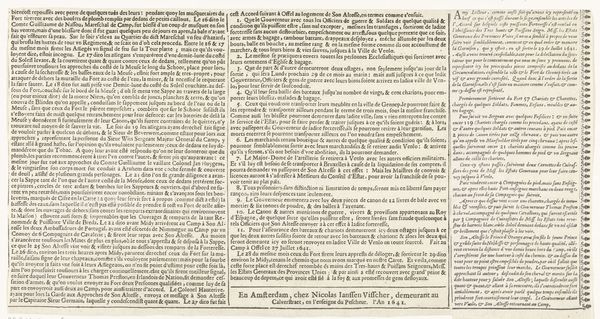
graphic-art, print, paper, typography
#
graphic-art
#
baroque
#
dutch-golden-age
# print
#
paper
#
typography
#
history-painting
Dimensions: height 285 mm, width 372 mm
Copyright: Rijks Museum: Open Domain
Editor: So, this is "Tekstblad bij het gezicht op Neurenberg (A)" from 1660, made by Johannes Janssonius. It’s an engraving, basically a page full of densely packed text. I'm immediately struck by how functional it seems, almost like a historical document more than fine art. What grabs your attention when you look at it? Curator: I focus on its materiality and production. Think about the paper, the ink, the printing press – all technologies emerging and evolving at this time. This wasn't just about conveying information; it was about demonstrating the power of reproducible knowledge and the social structure surrounding the distribution of information, no? This text, advertising Nuremberg, also tells us much about burgeoning early modern capitalism. It makes one question the difference between mass printing versus other media and the social relations it served. What about the labor involved in its creation? Editor: I hadn’t considered the labor involved! The setting of the type, the press operation... it's easy to overlook the human effort in a seemingly "simple" printed page. Do you think the choice of typeface has significance, then? Is there value in its crafting or the making? Curator: Absolutely! The typeface isn't arbitrary. The font represents the cultural norms and technical capabilities. Consider also the intended consumer: How widely literate was the public? What socioeconomic level would be most likely to view this sheet, and for what price would this advertisement go for? Such information indicates societal access to information, wouldn't you agree? This moves our conception of art, so traditionally divorced from the functional. Editor: That's fascinating! It really shifts my perspective on what constitutes "art" in this period. The intersection of information, production, and consumption creates a richer understanding than simply seeing it as historical typography. Thank you! Curator: Indeed, looking at the materials and means of production unveils the economic and social context in ways a traditional aesthetic analysis might miss. A whole new way to consider artistic value, isn't it?
Comments
No comments
Be the first to comment and join the conversation on the ultimate creative platform.

